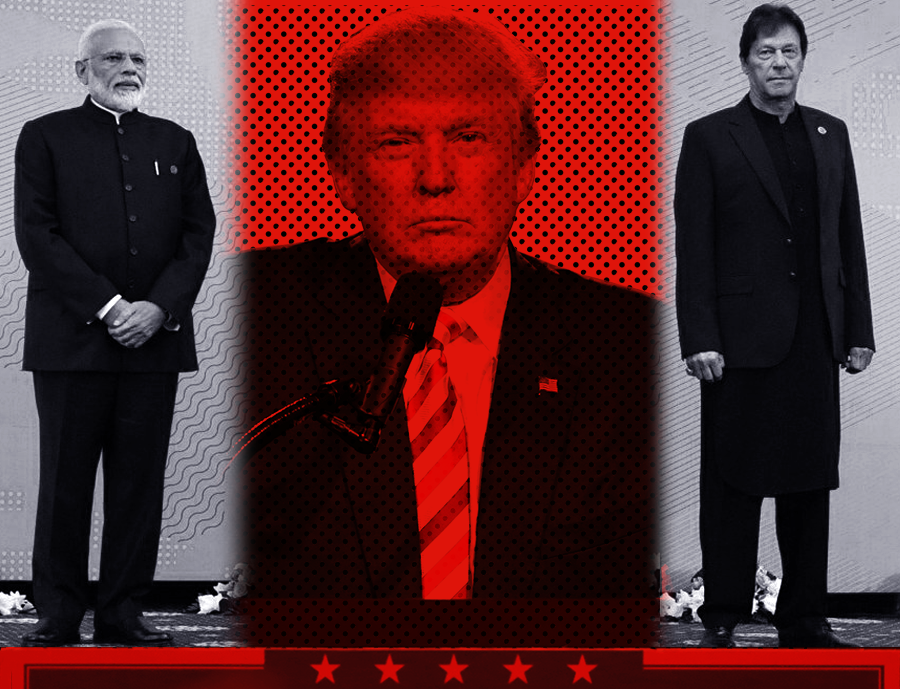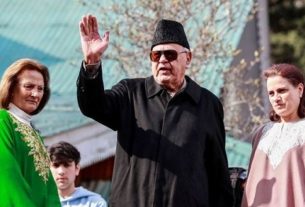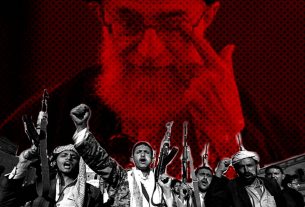Mon 02 September 2019:
US president’s possible intent to stabilize South Asia had opposite effect
As Pakistan prepares to file a complaint about India to The Hague over Kashmir, analysts are debating the role that U.S. President Donald Trump played in stoking tensions between the two and the implications of his intervention on regional stability.
The Indian parliament enacted a bill that allowed Prime Minister Narendra Modi’s government to strip the northern state of Jammu and Kashmir of autonomy on Aug. 6, a day after the law’s proposal. Under India’s new rules, the state of Jammu and Kashmir was divided into two and placed under direct control of the central government.
India and Pakistan have long been locked in a bitter territorial dispute over the Himalayan region of Kashmir. This dispute is in part rooted in religion. Hindus account for 80% of the Indian population. In Jammu and Kashmir, Muslims make up 70% of the population.
Modi has claimed Islamist militants backed by Pakistan use Jammu and Kashmir as a base from which to launch terror attacks. Modi said his government will develop the local economy and alleviate poverty, so as to root out terrorism that originates from the state.
In retaliation, Pakistan expelled the Indian ambassador and halted trade with India.
With the support of China, Pakistan also had the United Nations Security Council convene an emergency meeting to discuss the issue, which ended inconclusively. Pakistan is now preparing to bring the issue to the International Court of Justice in The Hague.
Pakistani Prime Minister Imran Khan compared India to Nazi Germany and claimed that New Delhi was contemplating what would effectively be ethnic cleansing in Jammu and Kashmir by promoting the settlement of Hindus there.
Why did the Modi government make the surprise move over Jammu and Kashmir at such a sensitive time?
While the ruling Hindu nationalist Bharatiya Janata Party has always stated its commitment to stripping Jammu and Kashmir of its autonomy, most had assumed that the ramifications of such a move would be too risky for BJP to actually act on.
With the BJP’s resounding victory in the general elections in the spring — cementing its grip on the country since 2014 — some believe that the party thinks it now has the mandate to implement its campaign pledge.
But what should not be overlooked is how Trump’s intervention in July pushed the decision.
“If you would want me to mediate or arbitrate [in the Kashmir issue], I would be willing to do that,” Trump said during his meeting with Pakistani Prime Minister Khan at the White House on July 22.
Trump also said that it was Modi that made the request at the G-20 summit in Osaka at the end of June.
While Khan welcomed Trump’s remarks about Kashmir, the Indian government issued a statement immediately denying that Modi had made any such request.
Pakistan, which has less global prestige than India, has always tried to internationalize the Kashmir problem, while India views it as a bilateral issue.
India’s latest move was made two weeks after the Trump-Khan meeting.
Some analysts said that Trump’s intervention has been used by both sides to cement their positions.
“Trump misunderstood Prime Minister Modi’s request that [Trump] pressure Pakistan to stop terrorism in Kashmir as an invitation to mediate,” said Dhruva Jaishankar, an academic at Brookings India in New Delhi. “This misunderstanding was encouraged by Pakistani Prime Minister Imran Khan.”
Richard Fontaine, CEO of the Center for a New American Security, said, “It seems that this is something the BJP planned and intended to do, but that it may have seemed more urgent in light of President Trump’s remarks.”
Yet, the issue is tricky. India and Pakistan have fought three wars over the Kashmir region. The two countries each conducted nuclear tests in 1998, and tensions between them escalated during a major conflict in 1999, raising the specter of nuclear war.
Due to such a complicated history, the U.S. “has never referred to the Kashmir issue itself, even if it is involved in any mediation in the easing of tensions” between India and Pakistan, said Ryohei Kasai, an academic at the Center for South Asian Studies at Gifu Women’s University in Japan.
Against this backdrop, why did the U.S. break the taboo this time?
It is easy to think that Trump made those remarks carelessly and that he did not fully understand the delicate situation. But even after India issued the statement denying that Modi had asked for Trump’s help, the president referred to mediation twice — on Aug. 1 and again on Aug. 21.
Yet, Trump’s motives can be understood if relations between the U.S. and Pakistan are considered in the context of his pledge to put “America First.”
The Trump administration is continuing talks with the Taliban, which ruled Afghanistan for several years before the 2001 U.S.-led invasion, with the aim of total withdrawal of American troops from the war-torn country.
Pakistan has influence over the Taliban. Pakistan’s cooperation is crucial to the smooth pullout of American troops from Afghanistan. Trump’s intervention regarding Kashmir could be a hint to Pakistan that it could be rewarded for cooperation in Afghanistan.
Consider also that a part of Kashmir is controlled by China.
Pakistan is moving closer to China as Beijing boosts bilateral cooperation in infrastructure development under its Belt and Road Initiative, a plan to create a massive economic zone linking China to Europe by land and sea.
Trump has been taking an increasingly confrontational approach toward China, as exemplified by the intensifying trade war. Driving a wedge between China and Pakistan will serve the strategic interests of the U.S.
Weakening the growing influence of China is the biggest Asian policy challenge for the U.S. Its nuclear talks with North Korea, arms sales to Taiwan, and “freedom of navigation” operations in the South China Sea must all be viewed within the context of its China policy.
In South Asia, America’s Indo-Pacific strategy, designed to counter the Belt and Road Initiative, is the linchpin of U.S. foreign policy.
Did Trump touch on the Kashmir issue — emboldened by the new American strategy — to tempt India to overreact and rush to take the dangerous step of changing the status quo? If so, Trump’s attempt to broker peace between Pakistan and India has achieved the opposite effect as regards stability in Asia.
TORU TAKAHASHI, Editor-in-Chief, Editorial Headquarters for Asia
The statements, views and opinions expressed in this column are solely those of the author and do not necessarily represent those of Independent Press.
Think your friends would be interested? Share this story!










